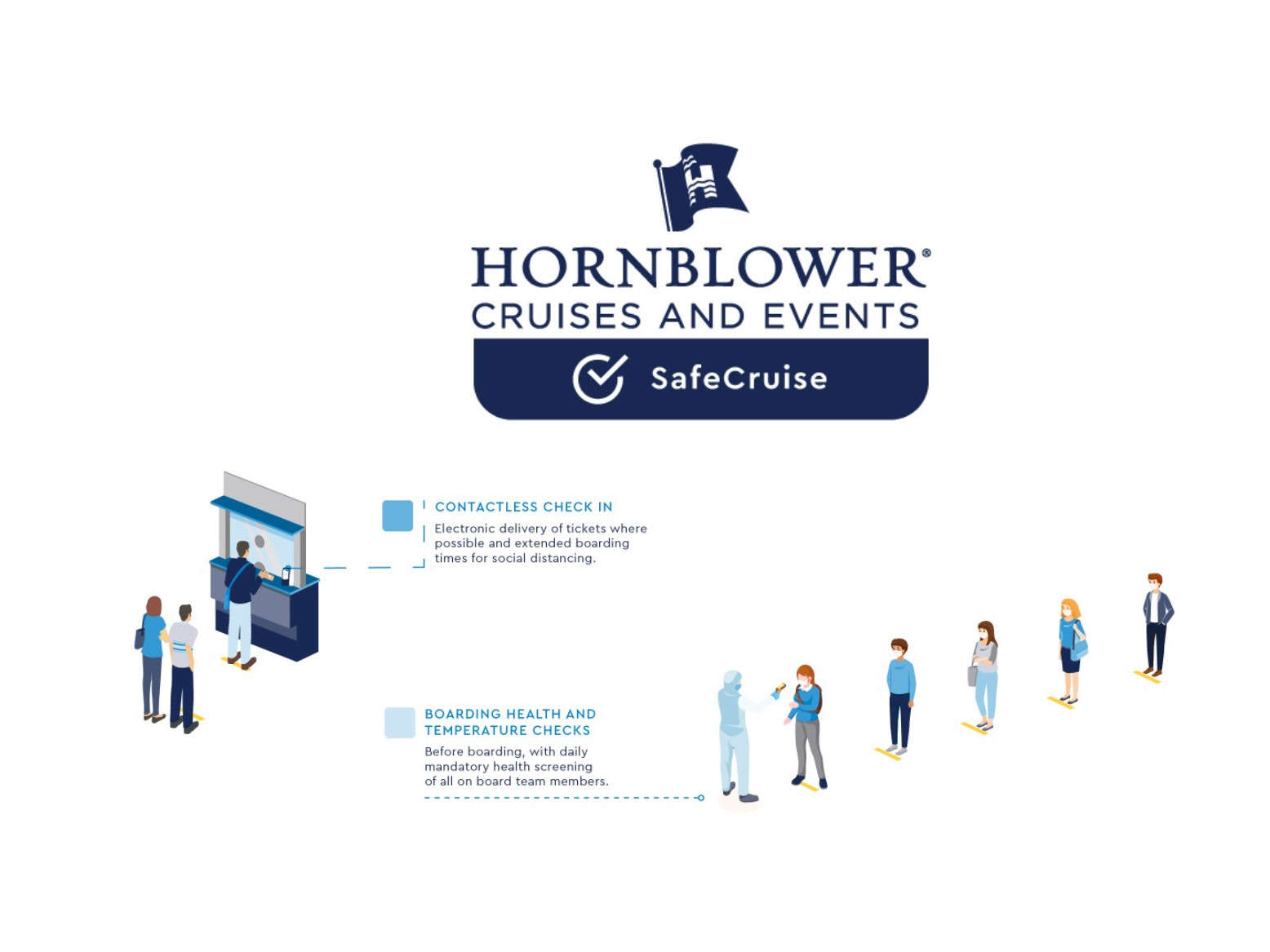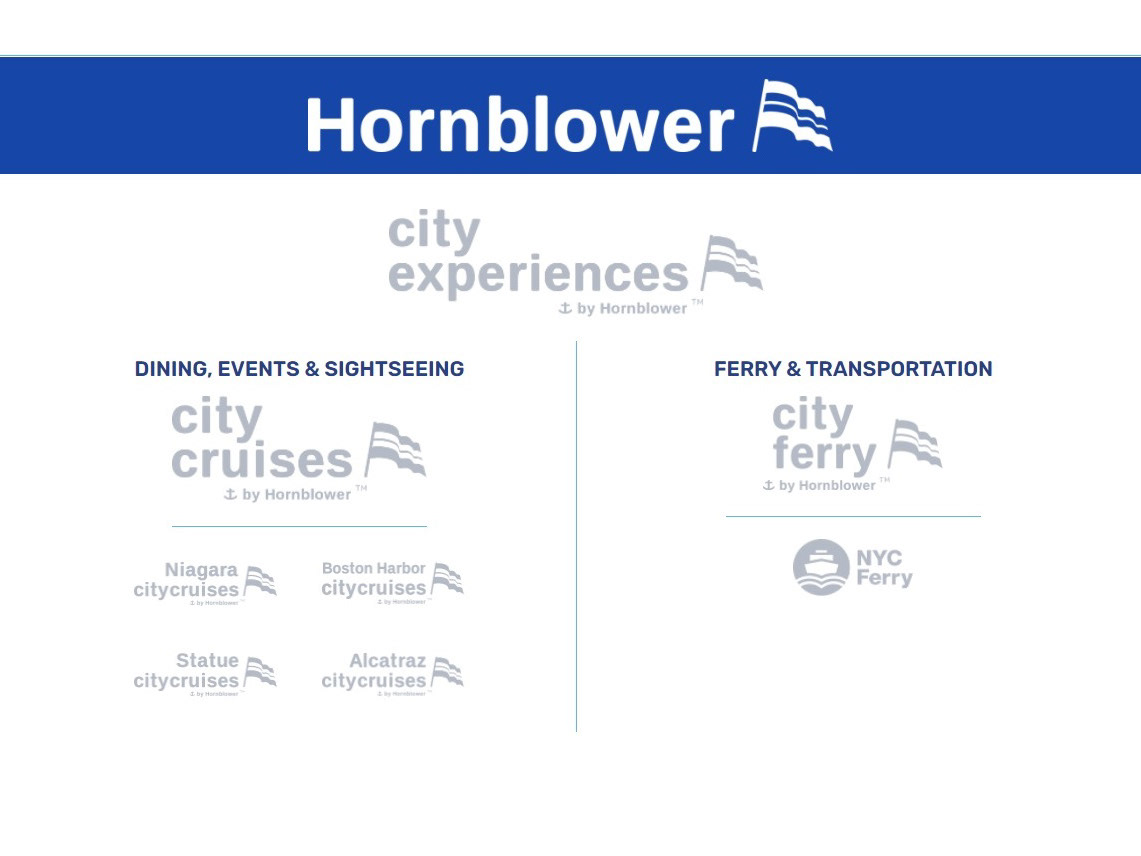At CityExperiences, I used a 6 step lifecycle process to project manage all marketing executions.
This lifecycle was used to overlook projects such as digital media, traditional media, email, web, social and more.
Step 1: Define
All incoming marketing requests (big or small) were sent into one primary location within my request management queue. Here I was able to review requests, define and confirm requirements, gather expectations, share ideas, and visualize the outcome.
Step 2: Plan
After reviewing all requests, I first approached projects with highest prioritization. I then had templates to help me begin formatting tasks that the project would need. Lastly, I defined the skills and coordinated transitions between tasks (i.e., copy, design, and review). This allowed me to get a first glance at the project scope, define outcomes, confirm timelines, and negotiate any changes with stakeholders.
Step 3: Assign
Once the project was planned and I defined the skills needed for the project, I then started assigning tasks to teams or job roles. In this stage I had to make two important decisions prior to assigning someone to a task. First I confirmed what level of experience did I need for someone to complete this task (i.e., Senior Graphic Designer vs Graphic Designer). Secondly, I used a a calendar to overlook what everyone's availability was, and determined who was open to execute these tasks.
Step 4: Execute
After teams and jobs roles were assigned to tasks, I was then able to convert the original request into an active project. Once the project was active, the tasks automatically appeared onto the assignee's project task queue. During this stage, the assigned roles and teams could track their progress, communicate with stakeholders or myself, upload digital proofs, and track time spent while completing their task.
Execute Example:
This is a mock-up of what production tasks may have looked like for a new print ad.
Step 5: Deliver
During this step, final assets were sent to all stakeholders to receive approval on all marketing deliverables. If changes were needed, we would revert back to back to step 4 and complete updates as necessary. However, if larger than ordinary roadblocks occurred, the assignee or stakeholders would loop me into conversation to negotiate or clarify any outstanding tasks needed.
Stage 6: Measure
All executions completed through my project management system, were tracked through project success. These projects were categorized through reporting against the following categories: progress, status, type (i.e., creative, web, email, social, etc.), city, market, and more.
Measure Examples:
Each report within my project management system provided current and live data that was interactive throughout its display. You could select on any portion of the report and it would show you data in a list or excel format.





